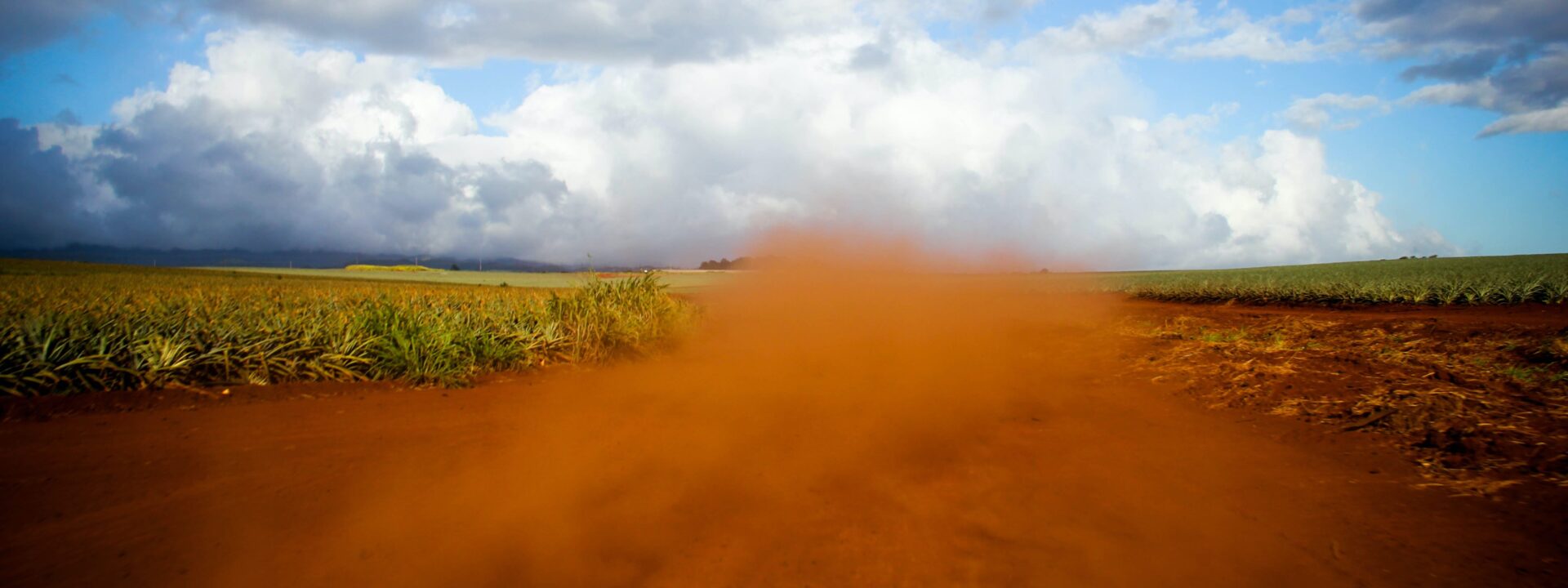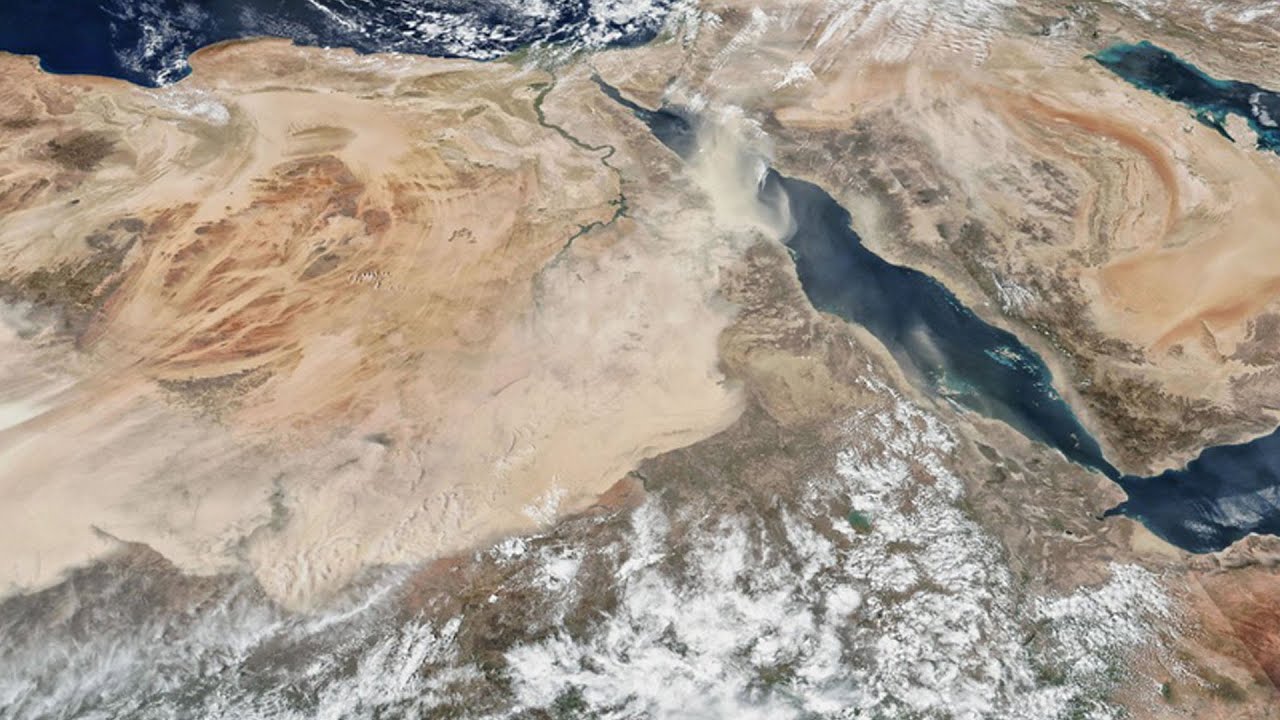
Large deserts greatly condition the climate characteristics of nearby territories. Apart from the advection (air transport) of heat and dryness, the desert provides airborne dust from its surface. Recent scientific studies highlight the importance of these particles in the atmosphere for studying the environmental balance and foreseeing the evolution of climate change.
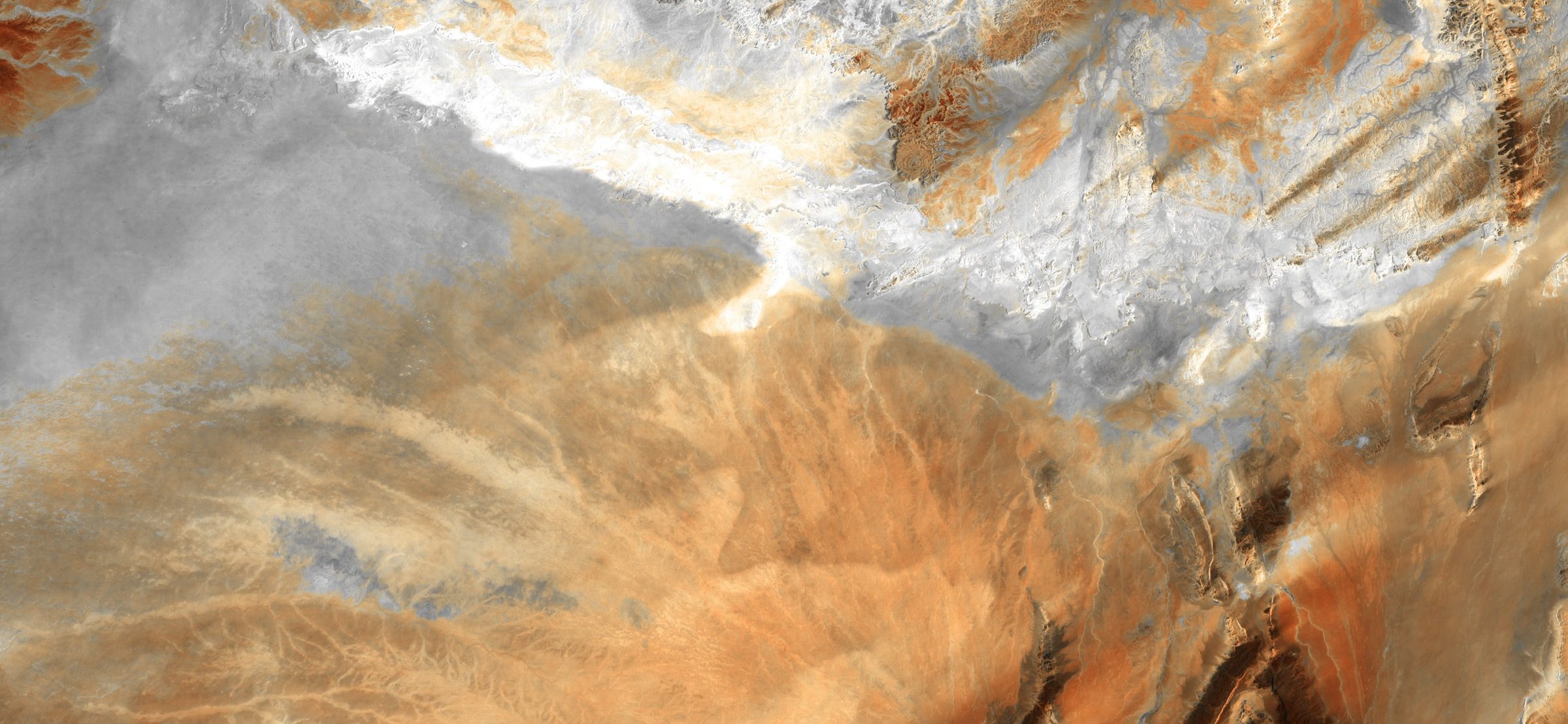
182,000 million tons of Saharan dust cross the Atlantic each year driven by the trade winds. Image of windblown sand dunes in central Algeria’s Sahara. © Usgs-unsplash
The suspension of solid non-watery particles in the atmosphere or those blown off the ground by wind is a phenomenon referred to in meteorology as “lithometeor.” Apart from airborne dust – which in some areas like the Canary Islands, very exposed to this phenomenon, is called “calima” (haze)-, smog (airborne soot and urban dust) and sandstorms from the desert are also well-known lithometeors.
Airborne desert dust is sometimes not visible to the naked eye, as particles are 100 times smaller than the thickness of one hair, but it is usually very visible when it accumulates due to the orange or copper color of the sky or because it significantly reduces visibility.
At satellite level, much progress has been made in the detection of airborne dust and many meteorological services already include this information in their websites (you will find one of them in this link, obtained by the European satellite Copernicus).
Sandstorms, the most visible lithometeors
It is necessary to distinguish between airborne dust advections and sandstorms, such as those suddenly generated in the Sahara or Gobi Desert or in the Arab or Australian deserts. The most famous sandstorm is the simoom, a storm of superheated wind that drags sand from eastern Sahara countries, Palestine, Syria, Jordan and the Arab peninsula. In these episodes, temperatures usually exceed 52 ºC with a very low humidity, below 10%.
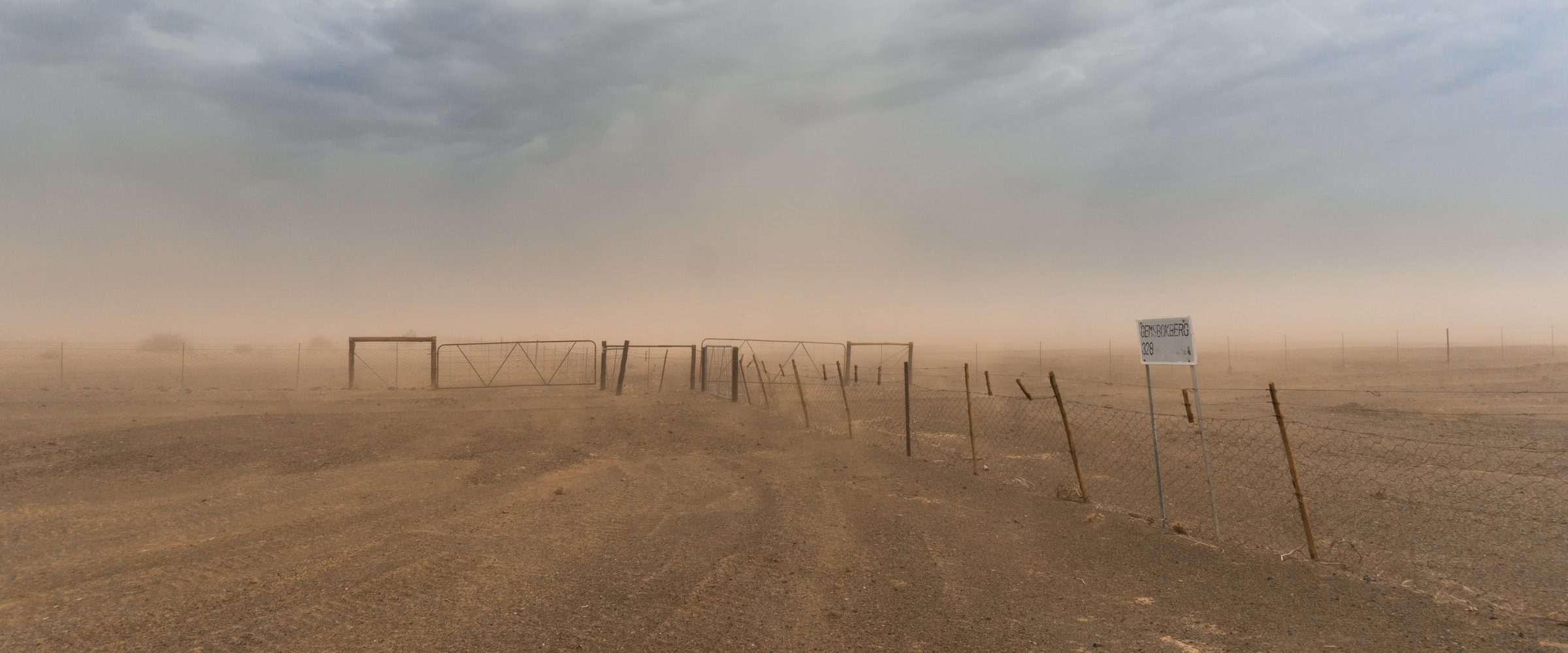
The suspension of solid non-watery particles in the atmosphere or those blown off the ground by wind is a phenomenon referred to in meteorology as “lithometeor.” This picture of sand storm was taken between South Africa and Namibia. © Matthieu Joannon-unsplash
These storms, classified as violent phenomena, do not cause excessive damage in the desert and among a well-experienced population, but are disastrous when they reach semiarid cultivated areas, as happens in Madagascar with the appearance of the dreaded “red wind” – the tiomena – which devastates crops and pastures in the south.

In Europe, especially in the south, advections of Saharan dust are very common. © Geir Braathen / World Meteorological Organization
From “blood rain” to iron oxide
The transport of airborne dust is a traditional phenomenon in many areas around the world, although presently, many studies suggest that it is increasing with climate change. In addition to the aforementioned haze in the Canary Islands, in India they are regularly caused by the Rajasthan Desert; in China they originate in the Gobi Desert; in Japan, dust generated in Siberia is called kosa; and in Europe, especially in the south, advections of Saharan dust are very common.
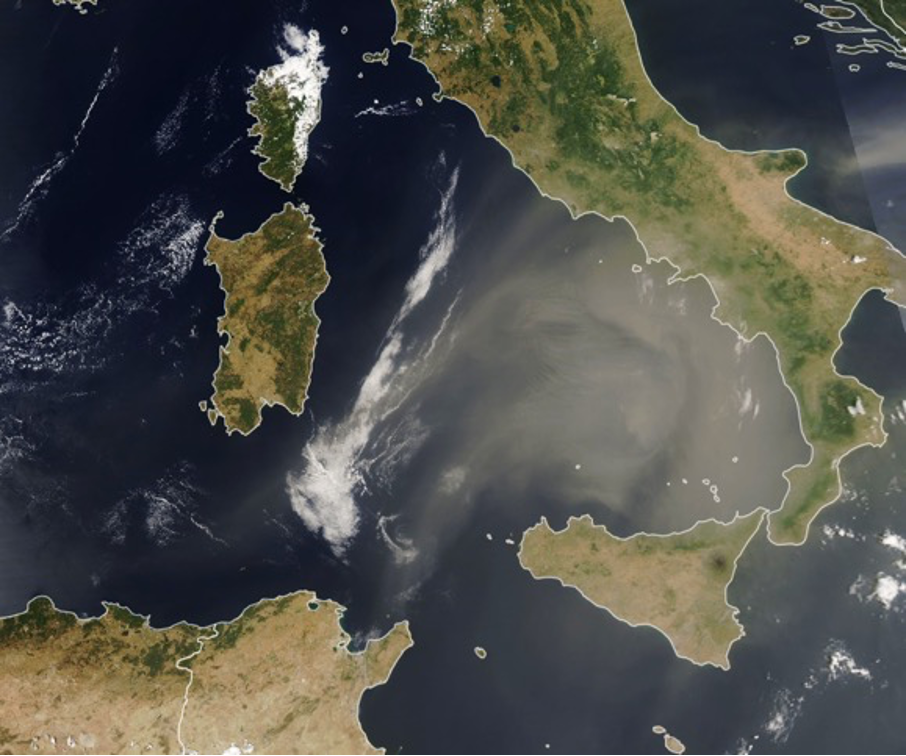
Saharan airborne dust in the Mediterranean. © NASA
When this dust-laden mass of air coincides with a rainfall event, solid particles incorporate into water drops and produce the so-called mud rain. In ancient times they used to be called “blood rains” and in some cultures they were linked to dire predictions of wars, pandemics and other natural disasters. With the advent of chemical science, it was discovered that the red hues of rain were caused by a high concentration of iron oxide particles and that as their presence decreased, they turned more yellowish.
Today, mud rain becomes a nuisance for industrialized countries: it stains clothes, cars and street furniture, in addition to causing respiratory problems to some people and is therefore very unpopular. But recent satellite studies have pointed out that these dust masses have played a significant role in the distribution of nutrients, which are essential for the development of vegetation on Earth.
A fascinating journey across the Atlantic
The data collected by NASA’s CALIPSO (Cloud-Aerosol Lidar and Infrared Pathfinder Satellite Observations) satellite, engaged in making high-resolution observations of aerosols (suspended particles) in the upper atmosphere by using a telescope equipped with a laser emitter (Lidar) and an infrared radiometer, have been definitive. Its main goal is to provide a new vision of the role these particles play in the Earth’s climate and in the quality of air. CALIPSO was launched on the 28th April 2006 and sent data until 2013. NASA combines these data with those obtained by other satellites with the Goddard Earth Observing System (GEOS), which provides highly valuable information for scientists.
Although airborne dust advections have been known for decades, the results of the CALIPSO data analysis have been a surprise due to the transported amount. It is estimated that no less than 182 billion tons of dust from the Sahara cross the Atlantic Ocean each year, blown by the trade winds to Central and South America. Of this amount, an average of 27.7 million tons settle on the Amazon basin.
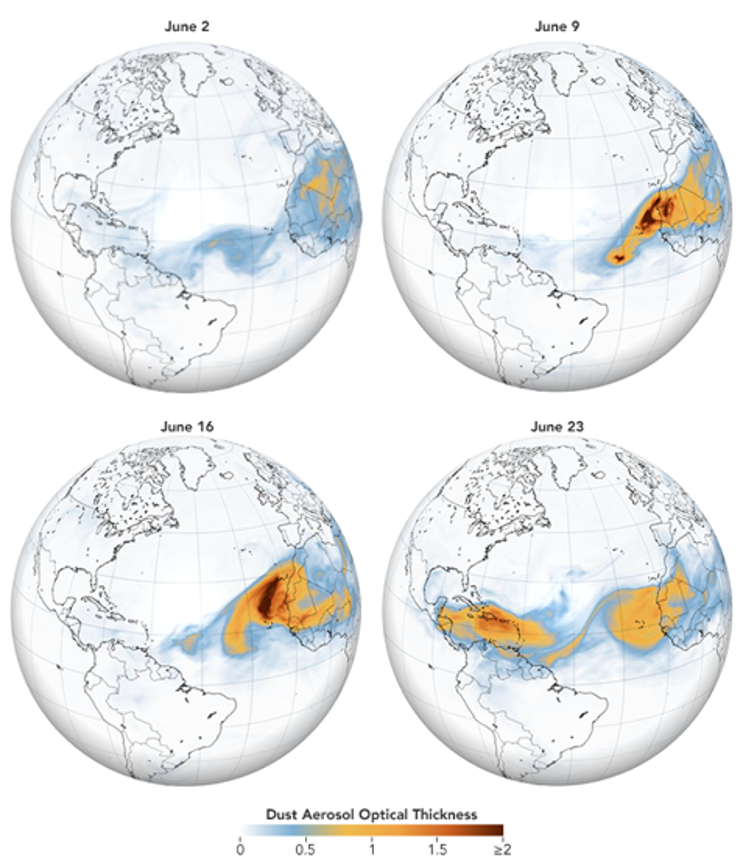
Image sequence based on data from NASA’s Goddard Earth Observing System (GEOS). It shows the evolution of Saharan dust at week-long intervals across the Atlantic between June 2 and June 23, 2020. This episode, of exceptional intensity in the Caribbean, put the U.S. Environmental Protection Agency on alert for Texas and Georgia. © NASA
This is a substantial “journey.” From the Western Sahara coast to Costa Rica there are around 7,500 km and between 4,500 and 7,000 to the Amazon. There, dust is dragged by rain or simply settles on the land, on fresh water and the sea, which receive an important supply of minerals and nitrogen that act as natural fertilizers. In the case of the Amazon rainforest, research by the University of Maryland estimates that of the 27.7 million tons of settled dust, 0.08% corresponds to phosphorus, an important fertilizer, which is equivalent to 22,000 tons. It is estimated that this amount of phosphorus is approximately the same the Amazon rainforest loses every year due to flooding.
A study factor for health, climate and the sea
But not everything is beneficial. In addition to staining, airborne dust also transports pollutants and microorganisms that can cause allergies and asthmatic crises to many people, especially those who already suffer from chronic respiratory problems. In the United States, the Environmental Protection Agency monitors airborne dust content, but many countries in the Caribbean and South America lack the resources to do it.
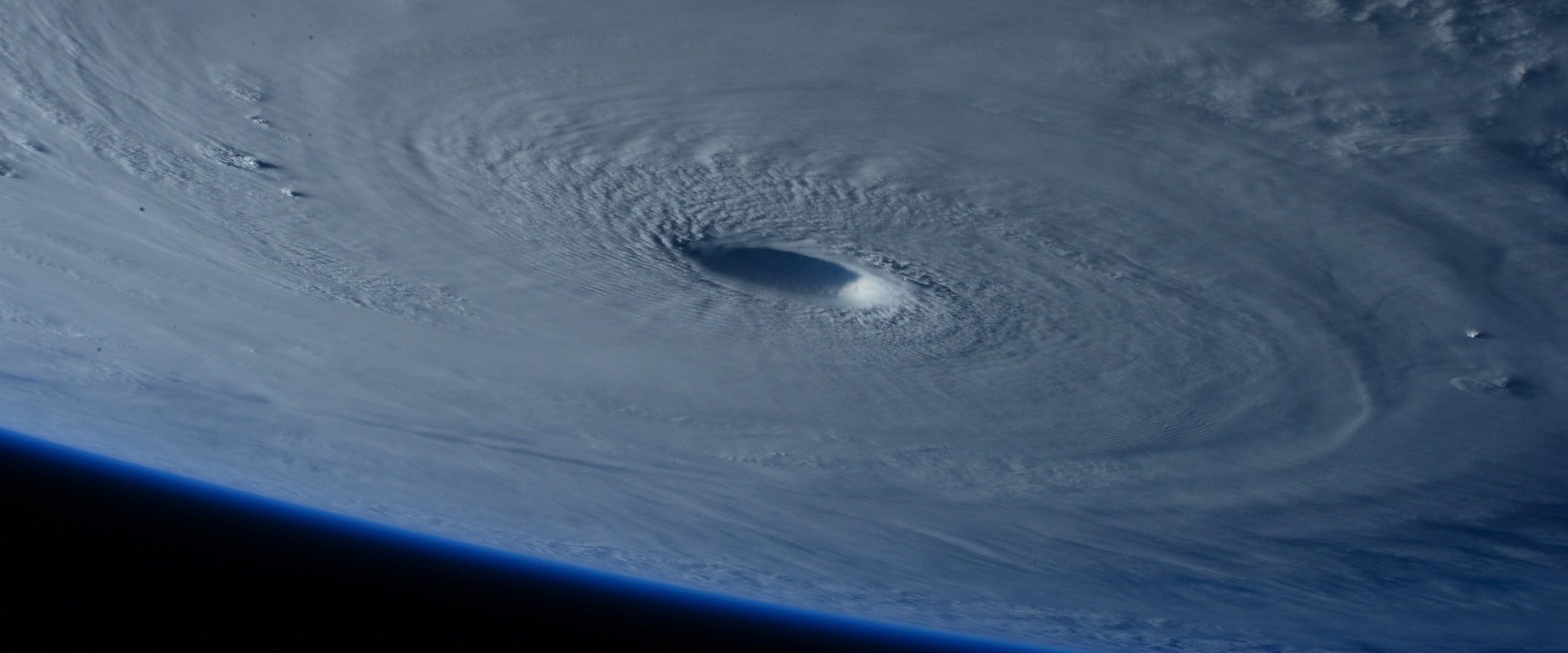
Meteorologists are studying the influence of airborne dust on the development of hurricanes, since solid particles absorb part of the sun’s energy and this provides less heat to the ocean, affecting evaporation. © NASA-unsplash
Although fertilization caused by dust has also favored marine life, the transport of pollutants is also of concern to oceanographers. They are currently studying the possible effects of fungi on corals and of minerals like copper, which is toxic for certain bacteria that make up the base of the marine ecological pyramid.
On the other hand, meteorologists are studying the influence of airborne dust on the development of hurricanes, since solid particles absorb part of the sun’s energy and this provides less heat to the ocean, affecting evaporation. Its relationship with the formation of storm clouds and the discharge of larger and more destructive hail is also very interesting.
We still know very little about the dust from the Earth’s deserts. In the next few years we expect substantial advances that scientists believe will provide important insights to address the current climate and environmental crisis. Desert dust also counts in the sustainability equation.


